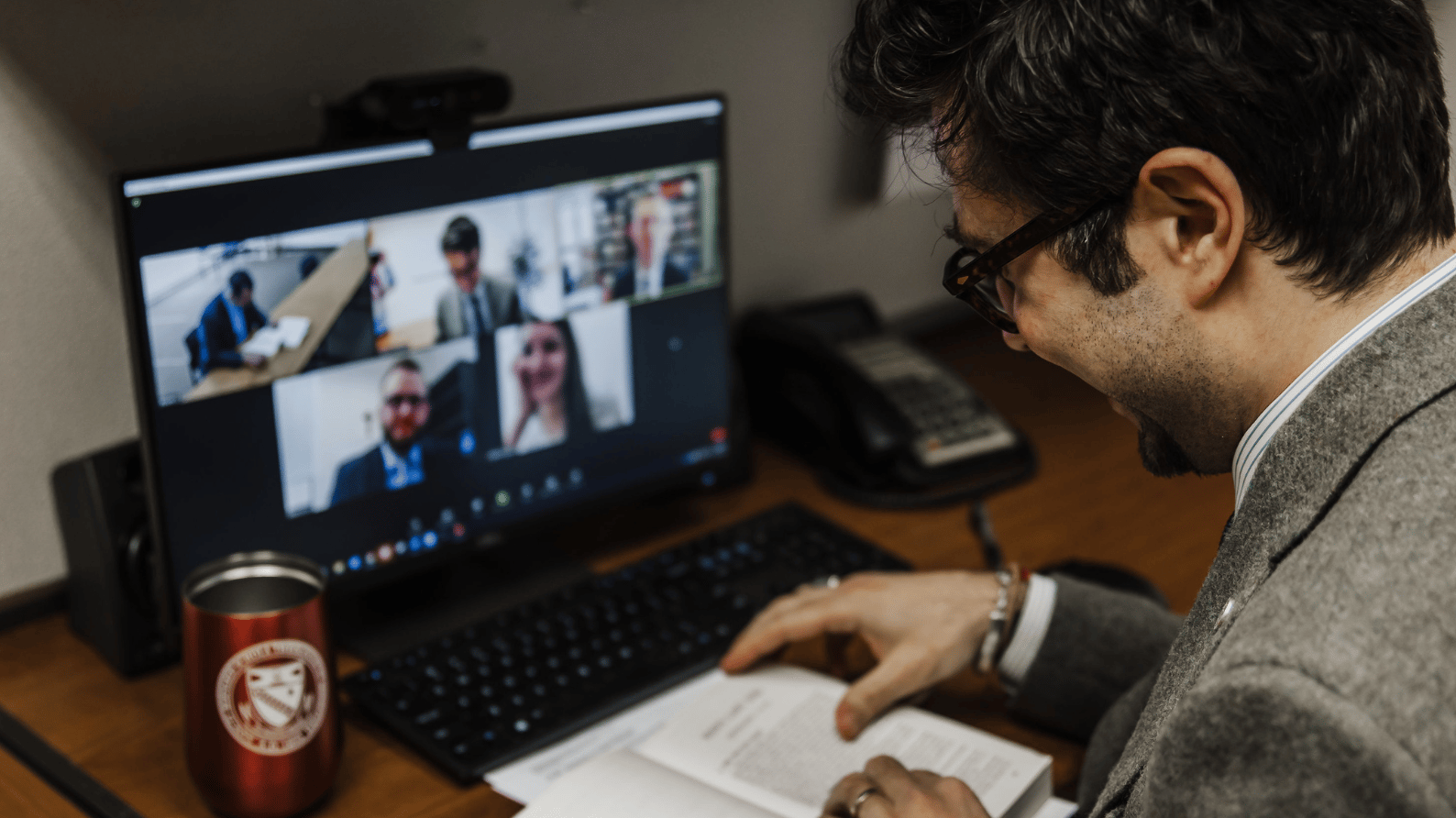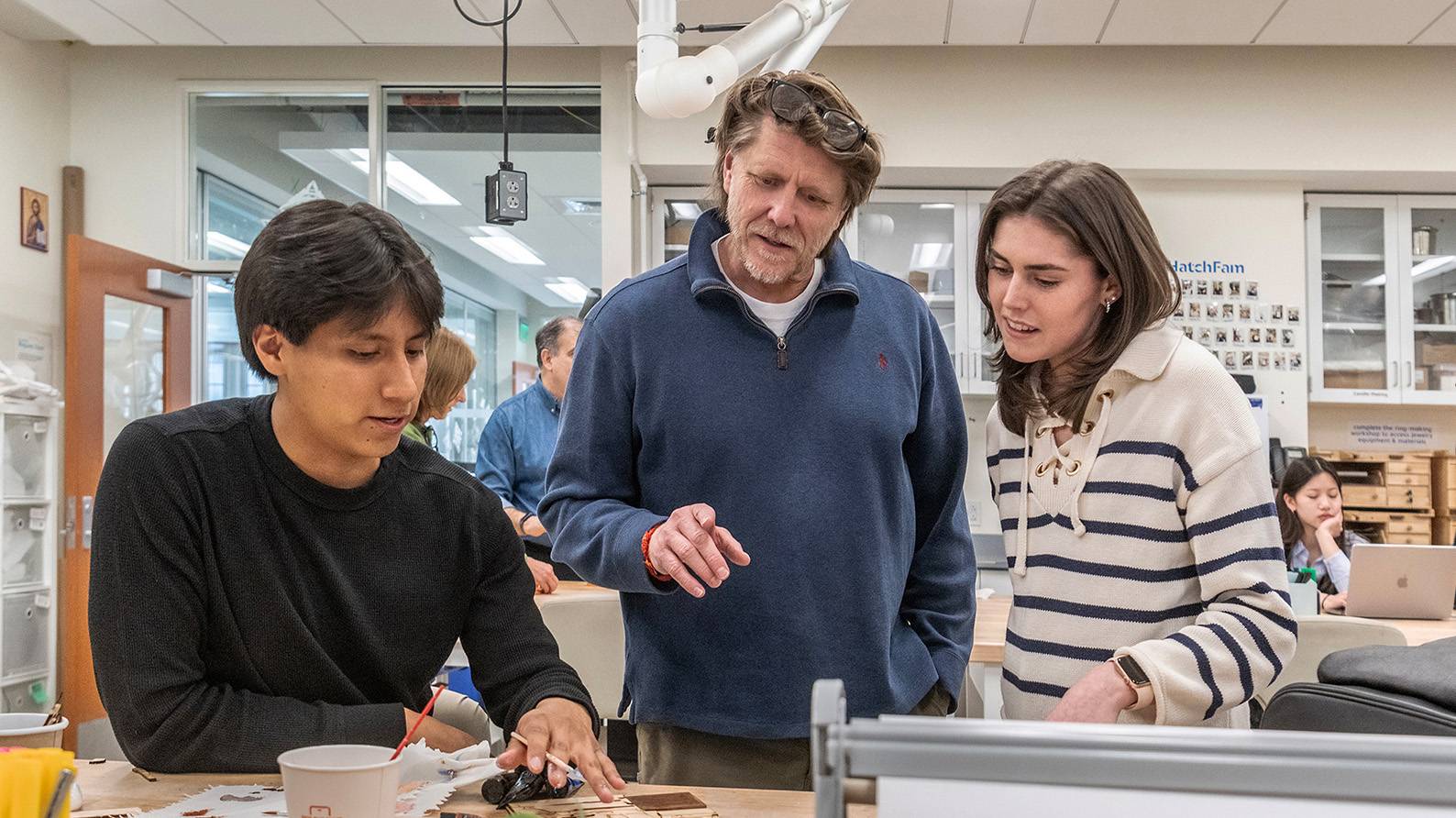2017 Investment Committee Poll: How Investment Committees are Constructed and Challenges Faced
Winston Churchill once said, “You make a living by what you get. You make a life by what you give.” For the most part, nonprofit Investment Committees (IC) are made up of volunteers. They give their time and talent in support of a mission that is important to them, and ultimately provides value to society.
However, these acts of volunteerism are rarely easy and often carry significant challenges and responsibilities.
As trustees work together to move their mission forward regardless of any challenges, they can take solace in the fact they are not alone. The Nonprofit Management Research Panel recently (2Q2017) surveyed 108 nonprofits, none of which are SEI clients – including 85 IC members – to learn how their committees are constructed and some of the challenges they face.
The poll findings show how nonprofits are evolving to improve the overall effectiveness of the investment portfolio in achieving the organization’s mission.
Key findings include:
- Investment Committees (IC) are typically between four and ten members and feel they are adequately staffed.
- They meet quarterly and feel that is appropriate. Meetings are the right length and well attended. Larger committees struggle more with optimal attendance at meetings.
- Some committees lack enough members with investment experience.
- Committees are spending most of their time on investment performance reviews or asset allocation strategies.
- While committees are spending most of their time on those two activities, respondents feel they are still spending too much time reviewing money managers.
- Boards and Committees could improve on measuring success in achieving mission goals.
- Committees should be reviewing the IPS at least annually or they are failing as fiduciaries.
- Most committees still use an investment consultant, however there are a relevant number using an Outsourced Chief Investment Officer (OCIO).
- Very few handle investment management exclusively internally and almost none plan to hire a CIO.
The conclusions drawn from the poll outline three important areas for investment committees; investment committee staffing and meetings, focus of the investment committee and investment oversight and management.
The poll results suggest that Investment Committees (IC) are constructed with enough members who meet frequently enough to fulfill their duties. Areas for potential improvement include adding more members with investment experience and increasing the overall focus on the organization’s mission.
The primary focus for most committees is investment performance and asset allocation, however some feel their committees spend too much time reviewing money managers. Most committees are partnering with an investment consultant to help with this and a noticeable percentage has outsourced this function to an OCIO.
Over the next 12 months, the expectation is that most will add or replace a committee member and potentially revise the Investment Policy Statement (IPS).
To request the full details and summary report, please email institutions@seic.com or call 1-866-680-8027.
This information is for educational purposes only. Not intended to be investment, legal and/or tax advice. Please consult your financial/tax advisor for more information. Information provided by SEI Investments Management Corp., a wholly owned subsidiary of SEI Investments Company. ©SEI 2017.

















